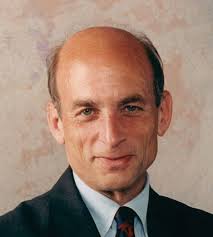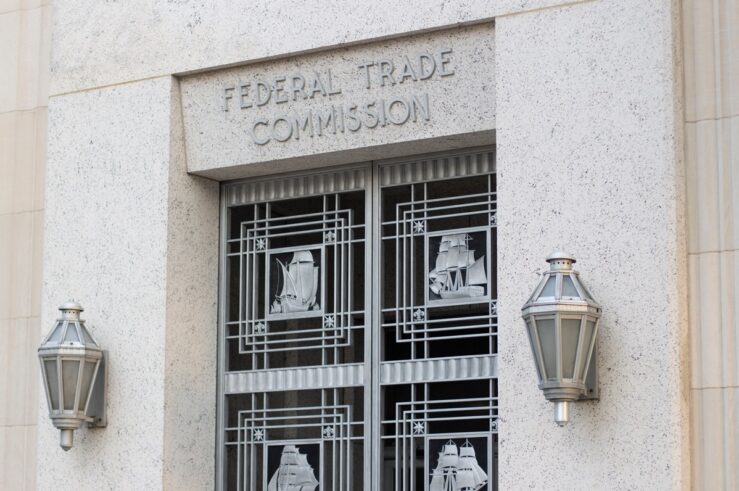On May 6, 2010, the market suddenly swung a thousand points. Nobody really knows why.
But Dennis Berman, in the WSJ, has a clue – maybe the regulators did it. He notes that today’s market results from 1975 market reforms aimed at eliminating market makers who were increasing trading costs by increasing spreads:
[B]y the time the last big market reforms were issued in 2005, the intent was to “give investors, particularly retail investors, greater confidence that they will be treated fairly,” the SEC said at the time.
But now those greedy market makers have been replaced by machines, high-frequency trading and fragmented markets, leaving nobody with “the responsibility . . . to step in at a time of distress like the flash crash.” So
we have traded cheaper up-front costs for unknown back-end ones. That is exactly what is spooking the same investors the SEC vowed to protect in 2005.
Congress is now thinking of fixing this system, apparently suggesting that maybe investors are not, in the words of Delaware’s Senator Kaufman, “best served by narrow spreads.”
And we’ll undoubtedly get a regulatory fix. But Berman quotes Vanderbilt’s William Christie: “It’s kind of like a balloon—you squish one side and it pops out the other.”
Here’s some more thoughts:
- Maybe the government shouldn’t mess with markets unless it really understands how they function and the costs of regulation. Which it usually doesn’t.
- Often one regulation leads to another regulation that fixes the first one, and then to another one that fixes the second one, and so on.
- Insiders have a function – there’s usually a reason why markets are willing to tolerate their existence and profits.
- “Fairness” is often inconsistent with efficiency.
- E.g., insider trading?




